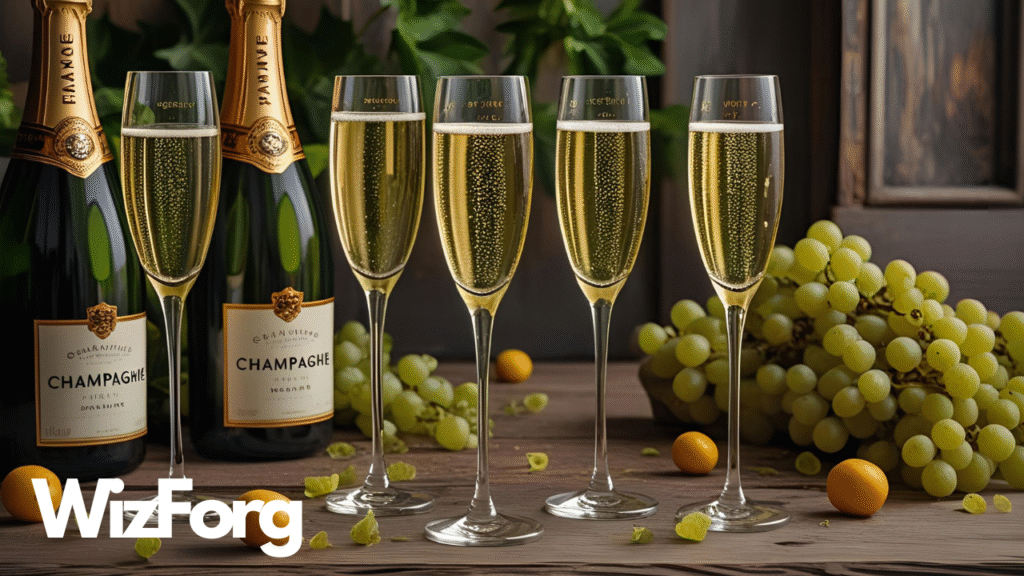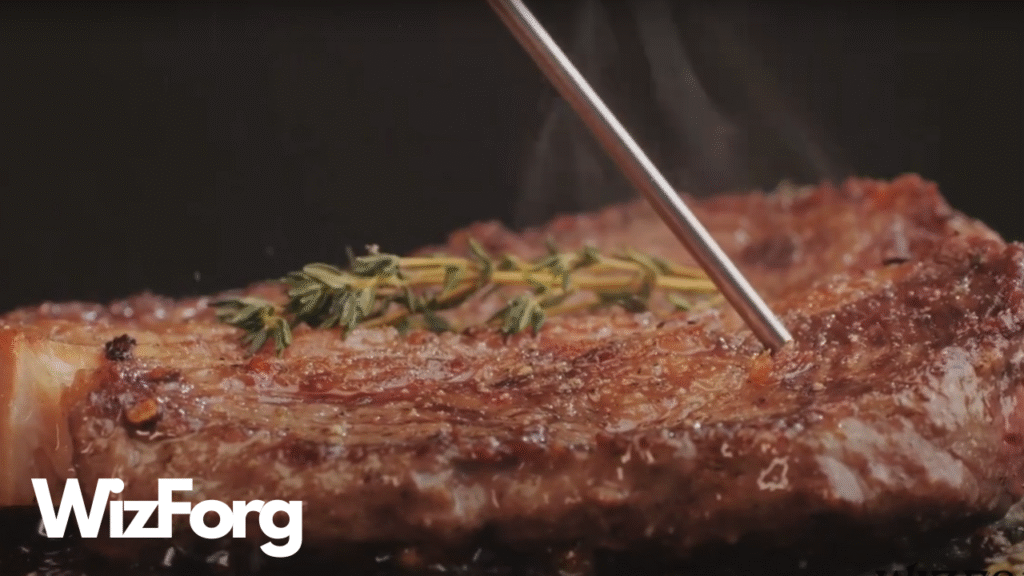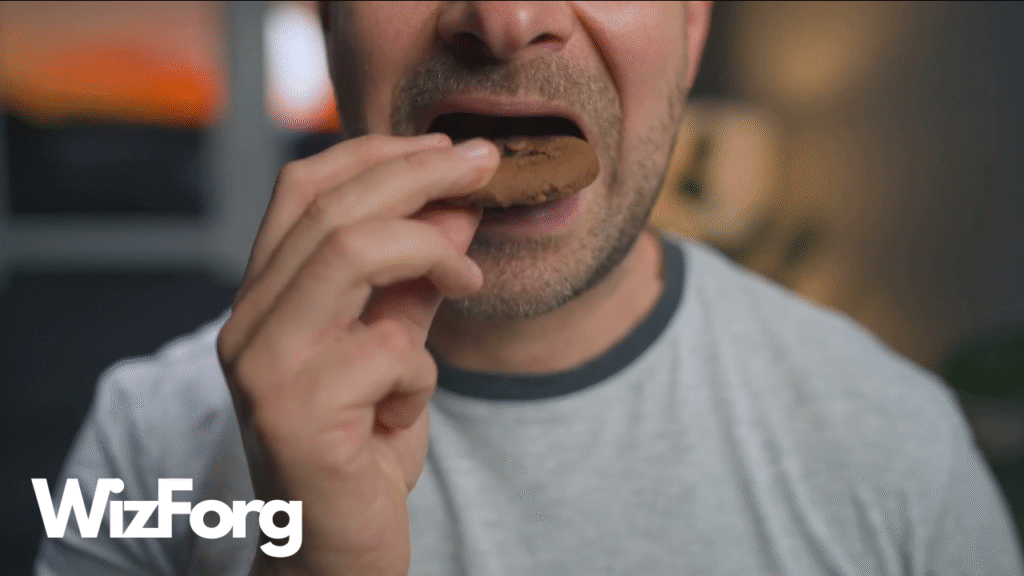You’ve seen it pop at weddings, spray at Formula 1 wins, and sit proudly on the shelves during the holidays. But did you know that the privilege of enjoying a bottle of Champagne is reserved for those from one specific region in France?
That’s not marketing hype; it’s international law.
What Makes Champagne… Champagne?
Real Champagne comes only from the Champagne region of northeastern France. This cool, chalky, and hilly area is known for producing sparkling wine with unmatched finesse. The combination of soil, climate, and centuries-old technique creates flavors you can’t fake.
France protects the Champagne name under its Protected Designation of Origin (PDO) laws. These laws specify that only sparkling wine from the Champagne region, produced with specific methods and adhering to strict quality standards, can legally carry the name Champagne. This legal protection ensures that Champagne’s unique characteristics and quality are preserved and maintained.
The Traditional Method (And Why It Matters)
Wineries in Champagne follow a meticulous and time-consuming method called the méthode champenoise. This involves a second fermentation inside the bottle, which naturally produces carbonation. It’s an expensive process, but it’s what gives Champagne its signature fine bubbles and layered taste, a testament to the craftsmanship behind each bottle.
Other sparkling wines like Prosecco or Cava use different (often cheaper) methods. For example, Prosecco is made using the Charmat method, which involves a second fermentation in a tank, while Cava is made using the traditional method but in a different region. They can be tasty, sure. But they’re not Champagne.
Why Can’t Anyone Else Use the Name?
In 1891, the Treaty of Madrid gave Champagne exclusive rights to its name. Over time, other countries signed agreements to honor that protection. Today, more than 120 countries recognize that Champagne refers only to sparkling wine from the French region.
Even if you use the same grapes and production method elsewhere, it doesn’t count. Call it “sparkling wine,” “bubbly,” or even “Méthode Traditionnelle,” but not Champagne.
So What Happens If Someone Tries?
If a winery in California or Australia labels its sparkling wine “Champagne,” it’s not just a matter of semantics. It risks lawsuits and import bans. The Champagne industry takes this seriously, and it’s sued brands, blocked exports, and even demanded name changes on shampoo and candles that misuse the term.
The Champagne industry takes this seriously. They’ve sued brands, blocked exports, and even demanded name changes on shampoo and candles that misused the term. These actions demonstrate the industry’s commitment to protecting the integrity of the Champagne name and the quality of the product.
What Should You Look For?
If you want the real thing, check the label. It should say:
- “Champagne”
- “Product of France”
- One of the official regions: Épernay, Reims, or the Montagne de Reims, among others
If it says “sparkling wine” or “Champagne-style,” it’s not the original. It might be good, but it’s not that good.
Want more stories about protected foods, culinary laws, and the hidden rules behind what we eat and drink?
Visit Wizforg.com here; wisdom meets flavor.
And if you enjoyed this deep dive, don’t forget to like, share, or recommend with your favorite food or drink tied to its homeland. We might feature it next!
Would you like a short version for YouTube or social captions, too?



